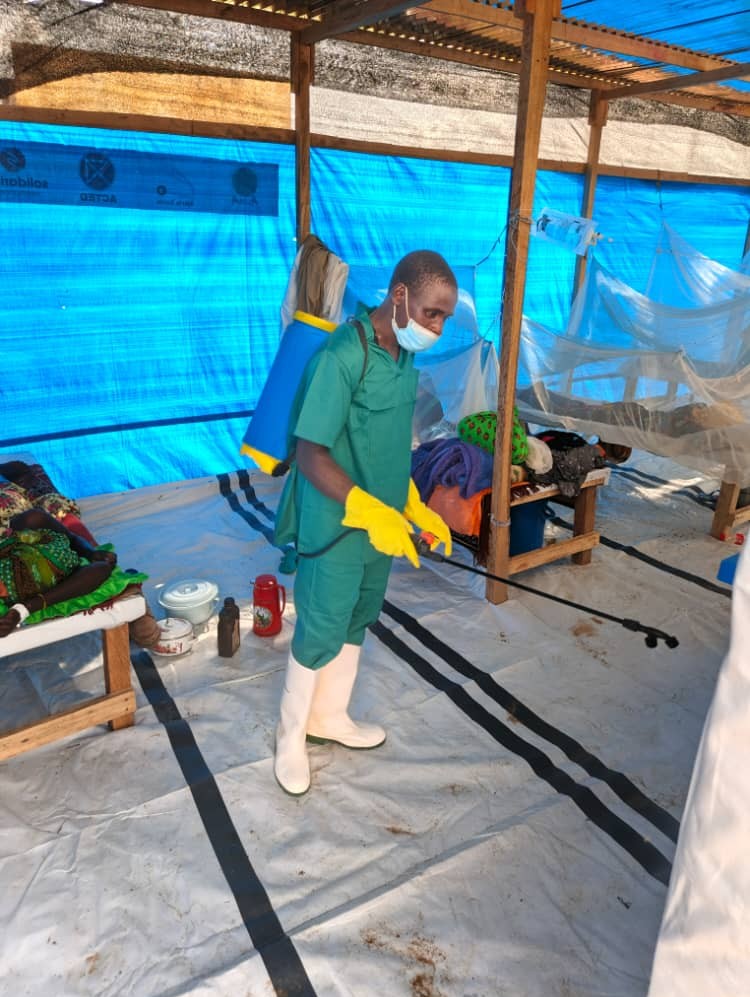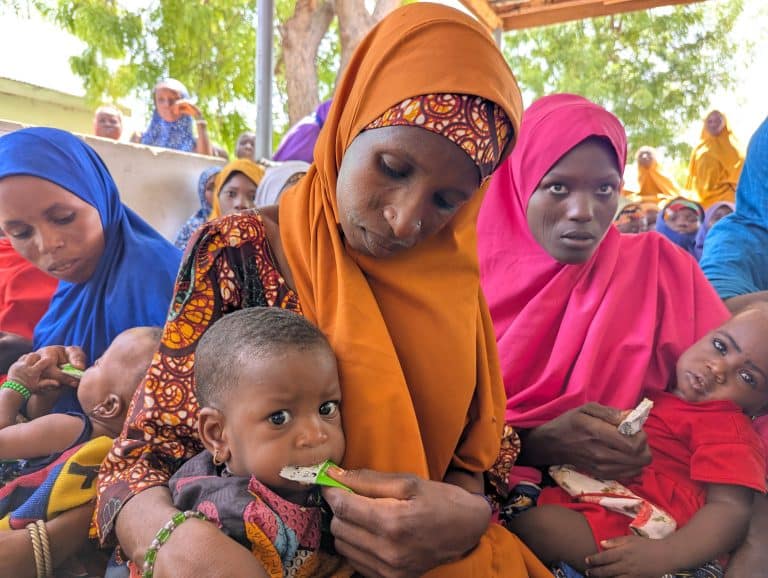A severe cholera epidemic has spread from Darfur, as displaced Sudanese fled the violence. Since early 2025, cholera has killed over one thousand people in Sudan and has spread rapidly across the country. By mid-July, the first cases were reported in Chad, which is sheltering over one million Sudanese refugees on its territory.
The disease has been spreading in refugee camps and nearby villages, where the population’s vulnerability and the lack of health infrastructure create a fertile ground for the disease to spread. Refugee camps have a shortage of drinking water and latrines, and open defecation has become widespread due to a lack of alternatives, fostering conditions that allow the cholera bacteria to spread within hours.
Alarming figures
In the east of the country, nearly 100 people have already died between July 13, when the first suspected case was reported in Chad, and August 30. The fatality rate is dramatic: at 6.8%, it is one of the highest in the world. Overall, over 1,400 suspected cases have been recorded in the east of the country, mainly women.
In the Chokoyane health district, the outbreak’s epicenter, ALIMA is providing emergency care to patients in two cholera treatment units (CTUs). In one month, 140 infected people have come to the Kushagin CTU, whose current capacity is limited to 15 beds. In Kaoukaou, around 100 patients have been treated since mid-August.
“New patients are arriving every day, and the disease is spreading extremely fast. The lack of toilets, unsafe water, and gatherings for weddings or baptisms, for example, fuel transmission. If we fail to bring the outbreak under control in the affected camps and villages, it could spread to the entire country.”
Dr. Samaké, ALIMA’s cholera emergency coordinator in Chokoyane

An urgent and coordinated response is needed
The cholera outbreak is occurring as seasonal floods are hindering health response efforts and further exacerbating the risk of spread, contaminating wells and water points, and facilitating the movement of the cholera vibrio. This shows the urgency of a large-scale and coordinated response.
Vaccination campaigns have been launched by Chad’s Ministry of Health, targeting the entire population over the age of one. Thousands of vaccines have already reached some health centers, but supplies remain largely insufficient.
The response to an epidemic also involves major prevention campaigns among the population to contain the spread of the bacteria.

“ALIMA trains community relays who take advantage of village ceremonies and other gatherings to raise awareness on good practices, such as regular handwashing, drinking safe water rather than runoff water, using latrines, or seeking care as soon as the first symptoms of the disease appear, etc.”
Dr. Samaké
A regional threat
The situation in Chad is not isolated. With the mass displacement of refugees, cases of cholera have also been confirmed in South Sudan, and international organizations fear a wider spread throughout the region.
In Tawila, in North Darfur, Sudan, ALIMA’s medical teams are on the front line of the response. They have already treated over a thousand patients in just one month.
“What is at stake today is not only the health of refugees or border populations, it’s the ability of the entire country, and even the region, to mount with the various actors involved a response plan capable of containing this deadly epidemic.”
Dr. Rodrigue Alitanou, ALIMA’s Director of Operations.
The cholera epidemic emergency response is a joint effort with NGOs Solidarités International and ACTED, supported by funding from the Start Fund.
¹ The case-fatality rate measures the severity of a disease among those who are infected. This differs from the mortality rate, which reflects the disease’s impact on the entire population.
Photos : ©ALIMA





